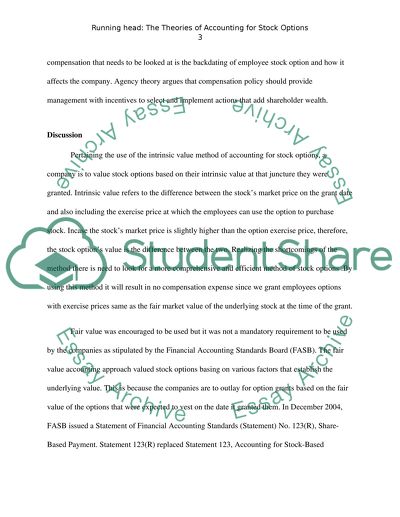Cite this document
(“Debate the thoeries of Accounting for stock options Research Paper”, n.d.)
Retrieved from https://studentshare.org/finance-accounting/1462681-debate-the-thoeries-of-accounting-for-stock
Retrieved from https://studentshare.org/finance-accounting/1462681-debate-the-thoeries-of-accounting-for-stock
(Debate the Thoeries of Accounting for Stock Options Research Paper)
https://studentshare.org/finance-accounting/1462681-debate-the-thoeries-of-accounting-for-stock.
https://studentshare.org/finance-accounting/1462681-debate-the-thoeries-of-accounting-for-stock.
“Debate the Thoeries of Accounting for Stock Options Research Paper”, n.d. https://studentshare.org/finance-accounting/1462681-debate-the-thoeries-of-accounting-for-stock.


